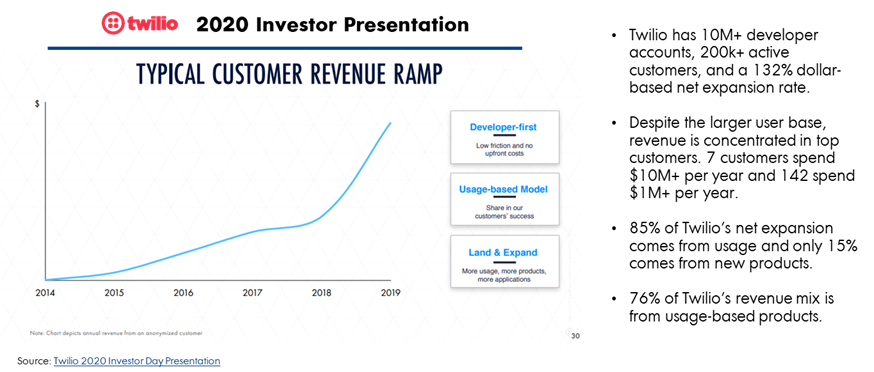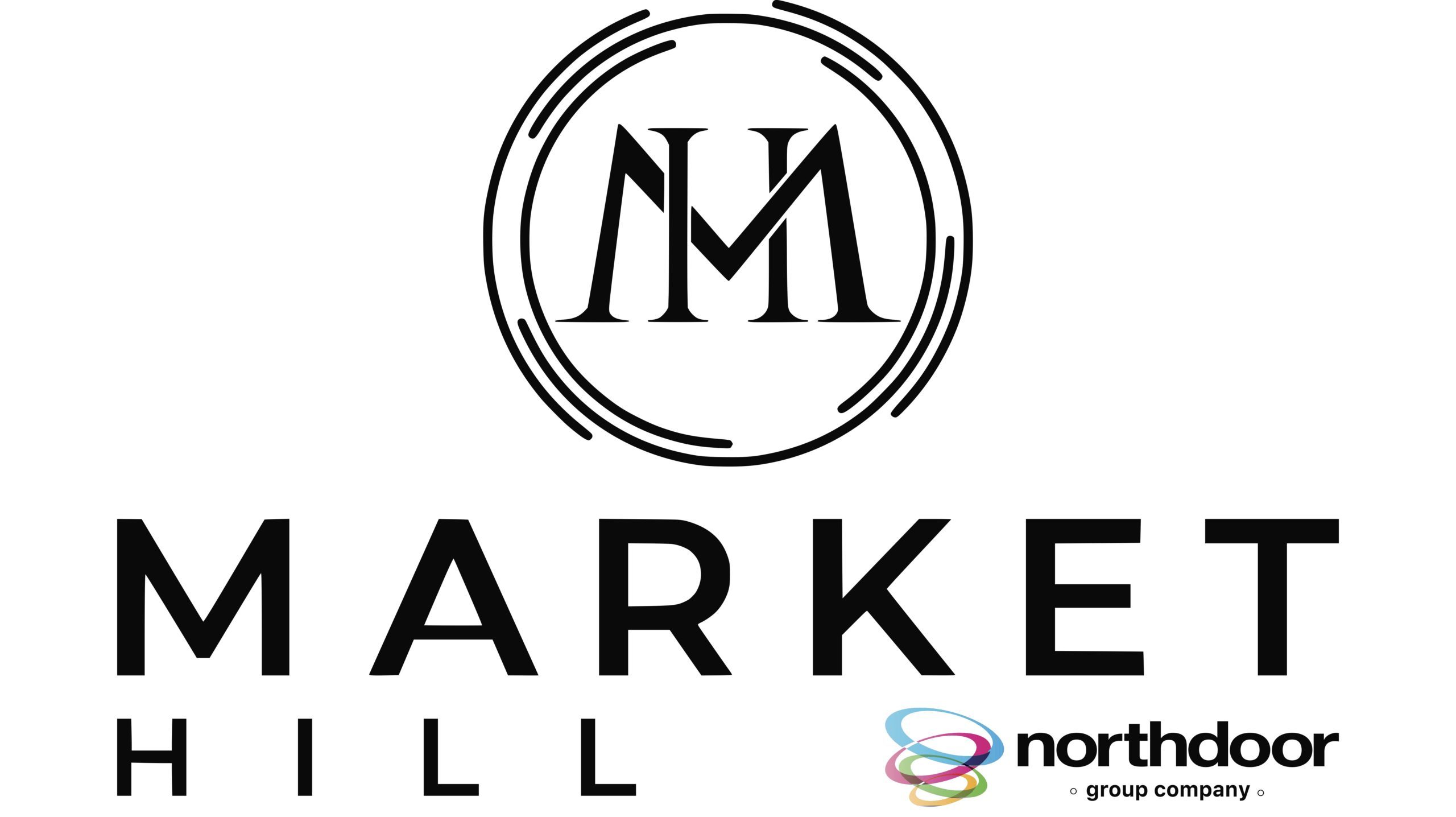SaaS Usage-based pricing models are simple. As your customer grows so does how much they spend with you. Their success is your success. This article from Tech Crunch does a good job of detailing the benefits of SaaS usage-based pricing models.
https://techcrunch.com/2021/02/18/why-do-saas-companies-with-usage-based-pricing-grow-faster/

But, we assume that behind every good SaaS company is a scalable and flexible tech platform? This isn’t often the case. There are often hidden challenges to adopting SaaS usage-based pricing models.
What are these challenges, and how do I know if my portfolio companies have a handle on this?
The problem is rooted in how business relates technical demand to business demand.
There is a strong focus in corporate IT with the overall cost of technology platforms or systems. We need to invest $x to do y. Or you need to take $xM of cost out of your platform. Translating business demand to technology demand isn’t common practice.
This problem is often compounded in the cloud.
Most companies assume the cloud will do most of the heavy lifting when it comes to scalability. The cloud won’t make your application fundamentally more efficient.
Unless you are architected in a full cloud native way and have a handle on performance, efficiency and stability then the cloud can often compound the problem.
If you don’t measure the relationship between what a user does and how much technology you use then you can’t predict it.
If you don’t predict it then how you know what targets to set or what good looks like? Cost can then quickly get out of control. What you’ll often see with large SaaS platforms is linear or exponential tech cost growth. This growth is not always related to demand.
The key to leveraging a SaaS pricing model is understanding the cost per user
Cost per user is a financial representation of the cost to service each customer. It’s the sum of logical maps of your system that detail the relationship between business > service > application > infrastructure metrics. These maps let you see at a high level how everything fits together, so you can apportion a cost to each transaction and then aggregate this to a user type.
How do I know if my portfolio companies understand the cost per user?
The simplest way is to ask them. Can they draw the logical map of their system for you? Can they back that up with data?
If they can’t, then they have some work to do.
Thomas
You can sign up for more ‘unconsidered needs’ below.
For more ‘unconsidered needs’ you can sign up below.
